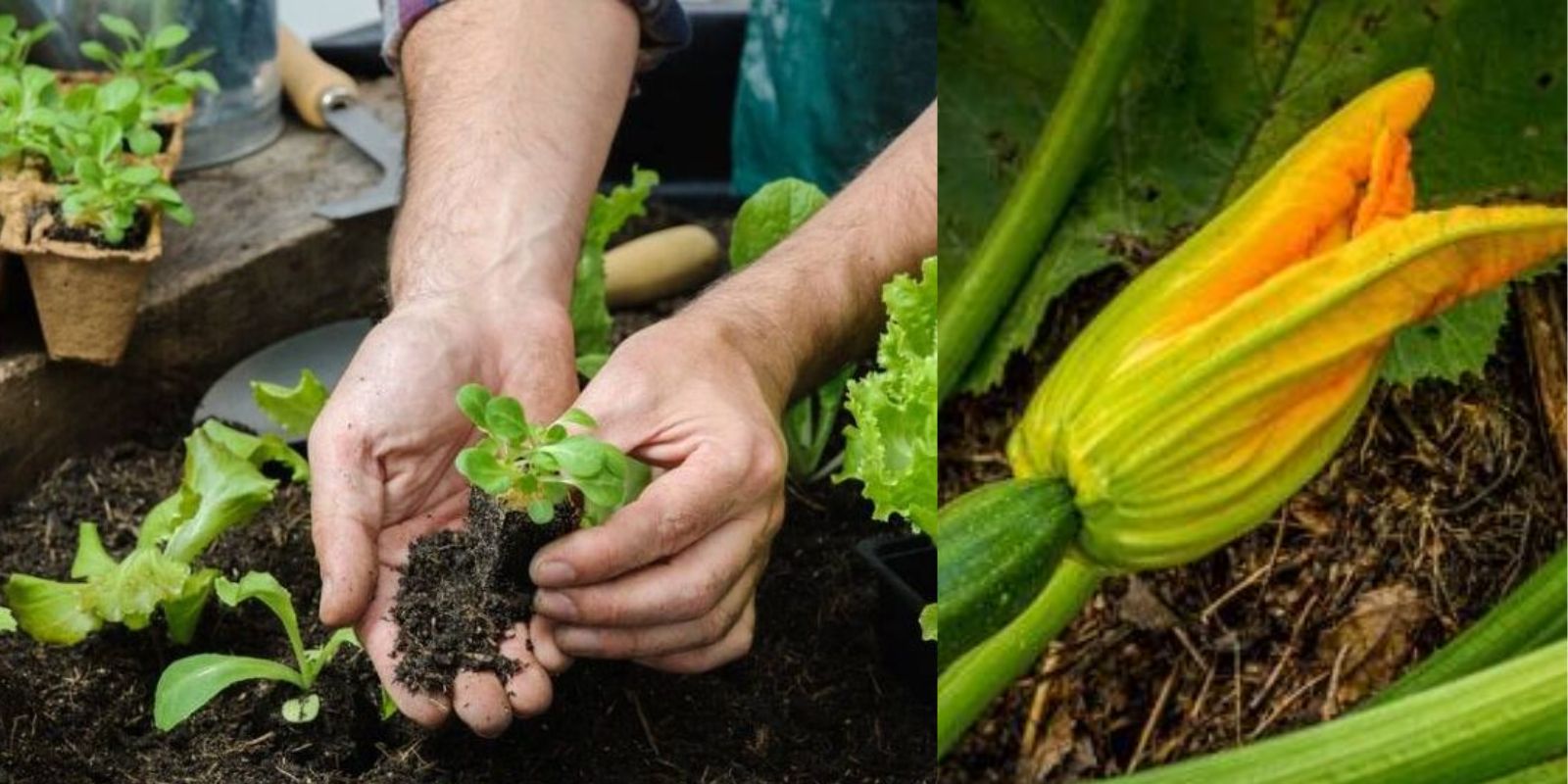Growing zucchinis (also known as courgettes) in your garden can be incredibly rewarding. Not only are zucchinis versatile and tasty, but they are also relatively easy to cultivate with the right approach. In this article, we’ll delve into the essential secrets for growing zucchinis that are both abundant and flavorful. From choosing the right variety to harvesting tips, you’ll learn everything you need to know to make the most of your zucchini harvest.
Why Grow Zucchinis?
Zucchinis are a staple in many gardens due to their high yield and adaptability. They are a rich source of vitamins and minerals, including vitamin C, potassium, and folate. Additionally, zucchinis can be used in a variety of dishes, from savory stir-fries to baked goods, making them a versatile addition to your kitchen.
Step-by-Step Guide to Growing Delicious Zucchinis
1. Choose the Right Variety
Selecting the appropriate zucchini variety for your garden is crucial for success.
- Types to Consider: There are numerous zucchini varieties, including green, yellow, and even striped. Popular varieties include ‘Black Beauty,’ ‘Yellow Crookneck,’ and ‘Pattypan.’
- Climate Suitability: Choose a variety that suits your local climate. For example, some varieties are better suited to cooler climates, while others thrive in warmer regions.
- Space Considerations: Some zucchini plants spread extensively, so consider how much space you have. Compact or bush varieties are ideal for smaller gardens or container growing.
2. Prepare the Soil
Healthy soil is the foundation for robust zucchini plants.
- Soil Quality: Zucchinis prefer well-draining soil rich in organic matter. Prepare your soil by incorporating compost or well-rotted manure, which will enhance soil fertility and structure.
- Soil pH: Aim for a soil pH between 6.0 and 7.5. You can test your soil pH with a kit and adjust it if necessary by adding lime to raise pH or sulfur to lower it.
3. Plant at the Right Time
Timing is key for a successful zucchini crop.
- Starting Seeds: If starting from seeds, sow them directly in the garden after the last frost date when the soil temperature has warmed to at least 60°F (15°C). Plant seeds 1 inch deep and 2-3 feet apart to allow for their sprawling growth.
- Transplanting Seedlings: If you prefer to start seedlings indoors, transplant them outdoors after the seedlings have developed 2-3 true leaves and the risk of frost has passed.
4. Water Consistently
Proper watering is essential for zucchini plants to thrive.
- Watering Schedule: Zucchinis need consistent moisture. Water them deeply once a week, or more frequently during hot, dry periods. Avoid overhead watering, as this can lead to fungal diseases. Instead, water at the base of the plants.
- Mulching: Apply a layer of mulch around the plants to help retain soil moisture, suppress weeds, and regulate soil temperature.
5. Fertilize Regularly
Feeding your zucchini plants supports their growth and fruit production.
- Fertilizer Type: Use a balanced fertilizer with equal parts nitrogen, phosphorus, and potassium, such as a 10-10-10 mix. Alternatively, you can use a fertilizer specifically formulated for vegetables.
- Application: Apply fertilizer according to package instructions, typically every 3-4 weeks. Over-fertilizing can lead to excessive foliage growth at the expense of fruit production, so follow the recommended rates.
6. Harvest Promptly
Harvesting zucchinis at the right time ensures optimal flavor and texture.
- When to Harvest: Pick zucchinis when they are 6-8 inches long. At this size, they are tender and flavorful. Larger zucchinis can become tough and seedy, and their skin may become too thick.
- How to Harvest: Use a sharp knife or garden shears to cut zucchinis from the plant. Avoid pulling them off, as this can damage the plant.
Additional Tips for a Successful Zucchini Garden
1. Pest and Disease Management
Zucchinis can be susceptible to pests like squash bugs and diseases such as powdery mildew.
- Pest Control: Monitor your plants regularly for pests. Handpick and remove any visible pests or use insecticidal soap for severe infestations.
- Disease Prevention: To prevent diseases, avoid overhead watering, and ensure good air circulation around plants. Remove and discard any diseased plant parts promptly.
2. Companion Planting
Certain plants can benefit zucchinis by repelling pests or enhancing growth.
- Beneficial Companions: Planting herbs like basil or marigolds near zucchinis can help deter pests. Beans and corn can also be good companions, as they provide natural support and improve soil fertility.
3. Crop Rotation
Practicing crop rotation helps reduce the risk of soil-borne diseases and nutrient depletion.
- Rotation Plan: Avoid planting zucchinis in the same spot each year. Rotate with non-squash crops to maintain soil health and minimize pest problems.
Conclusion: Enjoying a Bountiful Zucchini Harvest
Growing zucchinis can be a fulfilling gardening endeavor with the right knowledge and techniques. By choosing the right variety, preparing your soil, watering consistently, fertilizing properly, and harvesting at the right time, you can enjoy a plentiful and delicious zucchini harvest from your own garden.
Call to Action: Ready to start your zucchini-growing journey? Implement these tips and share your success stories with us. Happy gardening and enjoy the fruits of your labor! 🌱🥒
By following these guidelines, you’ll be well on your way to cultivating zucchinis that are both abundant and flavorful, enhancing your garden and kitchen alike.

